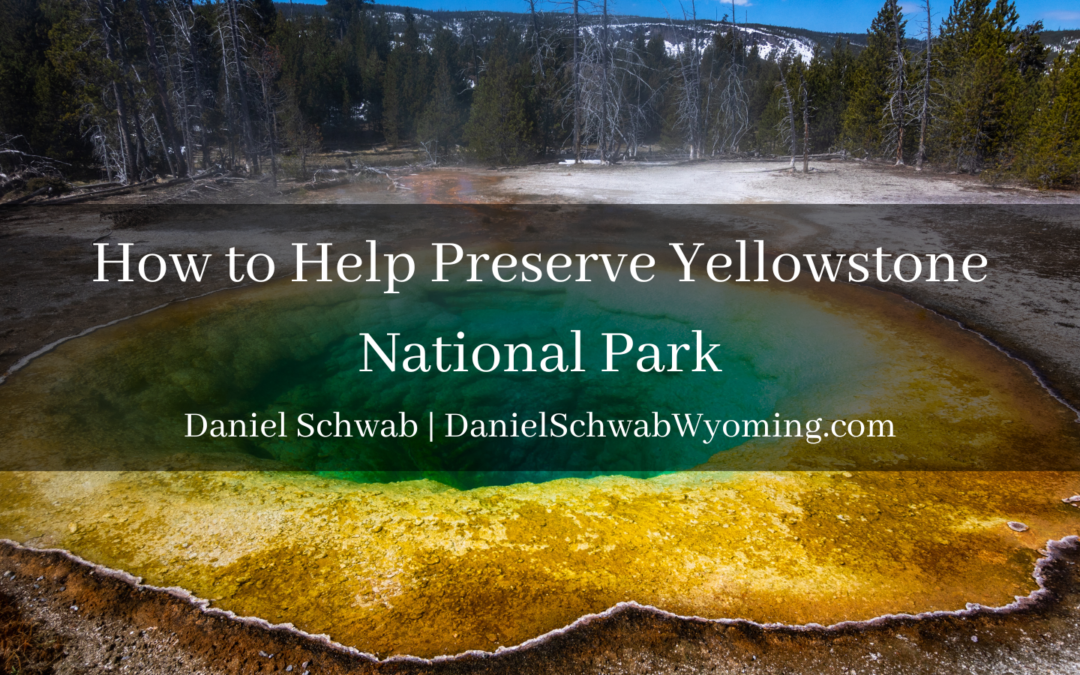You can make a difference in the long-term survival of Yellowstone by following proper environmental practices. One of the most important things that you can do is to treat the park, its forest, hydrothermal and geologic features, and its wildlife with respect. Here are some ways that you can help protect Yellowstone National Park.
Don’t feed the wild animals
Although it may seem small, not feeding the animals has a profound impact on their life. It can affect their welfare and prevent them from finding their own food. During the summer season, these animals may become unable to forage properly, which could lead to a fatal situation. Also, they become less fearful of humans and cars, and they are more likely to get injured or killed because they’ll linger near the side of the road.
Protect Yellowstone’s thermal features
Keep in mind that you can destroy the thermal features of Yellowstone by throwing objects into them or defacing them. These features– geysers, hot springs, mud pots, and steam vents– have been in place for millennia and should be preserved for future generations.
Only go on the trails and boardwalks
Over a thousand miles worth of trails and boardwalks are in the park. Getting off the trail and taking shortcuts through the area can lead to erosion and damage. It can take a generation for the fragile vegetation to recover. In order to protect yourself, stay on the trails near thermal areas and keep an eye on the conditions of the areas you’re visiting.
Recycle your trash
When you’re hiking, make sure to pack a small bag with you so that you can carry out more litter than you bring in. Although it’s not everyone’s responsibility to keep the park clean, it’s still satisfying to see that you’re leaving it in a better condition than when you found it. You can recycle glass bottles and aluminum cans in designated areas throughout the park.
Get involved
Various organizations, such as the Yellowstone Park Foundation and the Yellowstone Association, are involved in preserving the park and conducting educational programs. You can contact these groups by visiting a visitor center. Corporate assistance is also welcome.
Some of these groups, such as Take Pride in America, are responsible for coordinating volunteer programs that improve the conditions of the park’s hiking trails. They also remove invasive plants from the park. To learn more about these programs, contact the VIP coordinator at the Park Headquarters.
Protecting Yellowstone National Park is something that is going to be beneficial for everyone, from the plants and animals to the humans that visit. These are just a couple of ways that you can ensure that Yellowstone is preserved for future generations.


